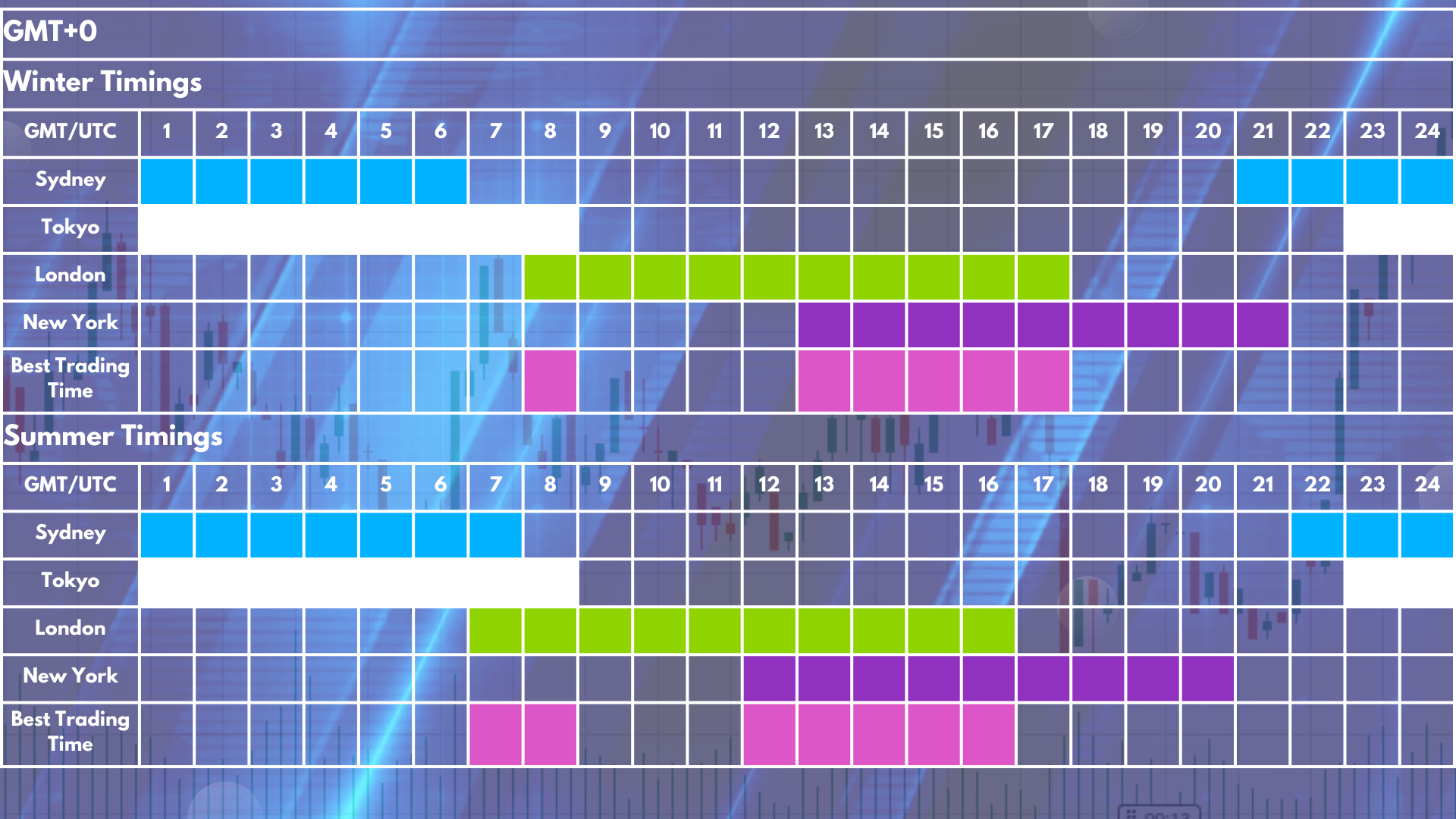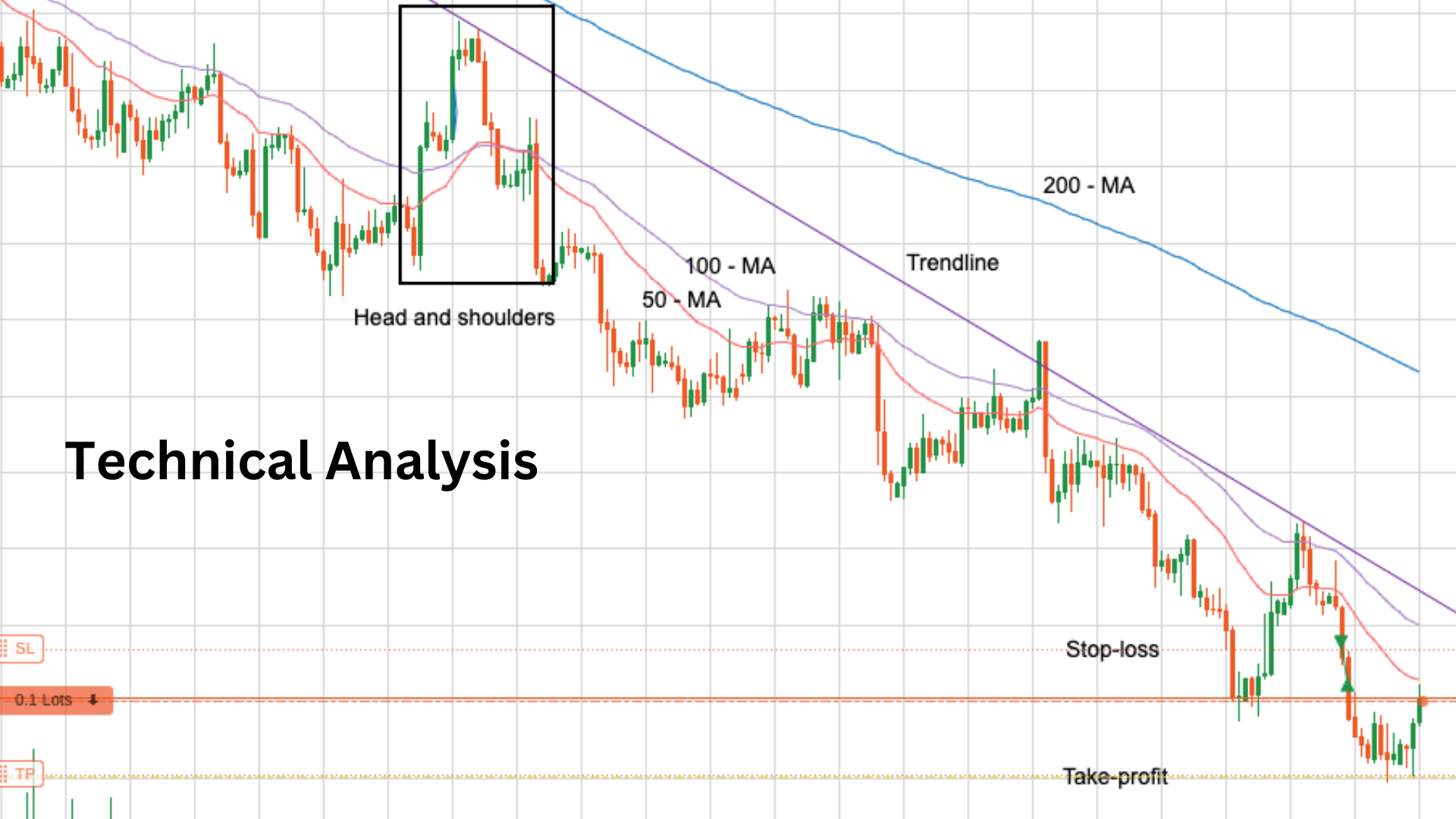-
Best Forex Brokers
Our top-rated Forex brokers
-
NGN Trading Accounts
Save on conversion fees
-
Brokers for Beginners
Start trading here
-
Forex Demo Accounts
Learn to trade with no risk
-
ECN Brokers
Trade with Direct Market Access
-
No-Deposit Bonuses
Live trading with no deposit
-
High Leverage Brokers
Extend your buying power
-
Lowest Spreads Brokers
Tight spreads and low commissions
-
Islamic Account Brokers
Best accounts for Muslim traders
-
Market Maker Brokers
Fixed spreads & instant execution
-
MetaTrader 4 Brokers
The top MT4 brokers in Nigeria
-
MetaTrader 5 Brokers
The top MT5 brokers in Nigeria
-
TradingView Brokers
The top TradingView brokers
-
cTrader Brokers
The top cTrader brokers in Nigeria
-
Forex Trading Apps
Trade on the go from your phone
-
Copy Trading Brokers
Copy professional traders
-
All Trading Platforms
Find a platform that works for you
In the early stages of your trading journey, the time commitment required to learn the essentials can be substantial. Many hours are spent acquiring knowledge and skills, often before, during, and after the workday. However, navigating the complexities of trading while maintaining a full-time job is a challenge that many traders face.
Transcript
When I embarked on my trading journey, I encountered a common dilemma – finding time to trade effectively while managing a full-time job. Initially, I opted for short timeframes, trading on the one and five-minute charts, believing that shorter timeframes would fit my limited schedule. Unfortunately, this approach led to overtrading, attempts to recover losses, and a host of typical beginner mistakes. It left me questioning whether trading and a full-time job were compatible.
Finding Your Trading Time

When juggling trading with a full-time job, several factors come into play when determining your trading approach:
- Trading Sessions: Identify which trading sessions overlap with your work hours. Are you at work during the New York or London sessions?
- Breaks: Determine if you have breaks during your workday that can be utilized for trading-related activities.
- Before or After Work: Explore the possibility of trading before or after your regular job hours.
Market Hours
Different financial markets operate during specific periods of the day, impacting your ability to trade certain assets.
Forex Market: The forex market typically operates 24 hours a day, Monday through Friday. However, the New York and London sessions, marked by higher volatility and liquidity, offer optimal trading opportunities. Learn more about Forex market hours here.
Cryptocurrencies: Cryptocurrencies trade around the clock, including weekends. While they provide flexibility, their extreme volatility demands caution.
Stocks and ETFs: In the United States, stock markets typically open at 9:00 AM and close around 4:00 PM, often coinciding with work hours.
Selecting Your Trading Style
Once you’ve determined when and how much time you can allocate to trading, consider which assets and trading styles align with your schedule:
Limited Time: If your job leaves little time for active trading, consider focusing on assets with extended trading hours, like cryptocurrencies, or adopt a longer-term trading style, such as swing or position trading.
Limited Availability: If you can only check charts once or twice a day, shorter timeframes like one or five-minute charts may not be suitable. Swing trading, which involves holding positions for several days, might be a better fit.
Swing Trading

Swing trading is an appealing option for those with limited time. It involves identifying trends and allocating capital to capitalize on them over several days, steering clear of the market’s intraday noise and volatility. Technical analysis tools, such as trend lines, moving averages, and chart patterns, assist swing traders in identifying opportunities.
Swing traders employ stop-loss orders to manage risk and safeguard their capital. The beauty of this approach is that you don’t need to monitor charts constantly; you can enter trades in the morning and manage them throughout the day and evening without being glued to your screen.
Pending Orders

Another effective strategy for part-time traders is to use pending orders. These orders are not executed immediately but are activated when the market reaches a predefined price level. For instance, you can set a buy-stop order slightly above the current market price and a sell-stop order slightly below it, allowing for automated entry and exit.
Trading Technology
To facilitate trading while at work, consider utilizing trading technology such as automated trading systems or trading bots. These tools execute trades based on predefined rules, including stop orders, take-profits, and technical analysis indicators. Automated trading removes some of the emotional biases from the decision-making process and can operate seamlessly during work hours.
Mobile Trading
Many brokers offer mobile trading apps that allow you to track and manage your trades on the go. While mobile apps may have some limitations compared to desktop platforms, they provide essential functionality for monitoring and closing trades during the workday.
Create a Trading Plan
The key to successful part-time trading with a full-time job lies in developing a trading plan that harmonizes with your schedule and lifestyle. Key elements of this plan include:
- Identifying the best times to monitor markets and execute trades.
- Focusing on high-quality trades with a strong probability of success.
- Avoiding overtrading, which can lead to unnecessary losses.
- Implementing stop-loss orders to manage risk and protect your capital.
Conclusion
In conclusion, balancing a full-time job with trading demands discipline, dedication, and a well-structured trading plan.
































